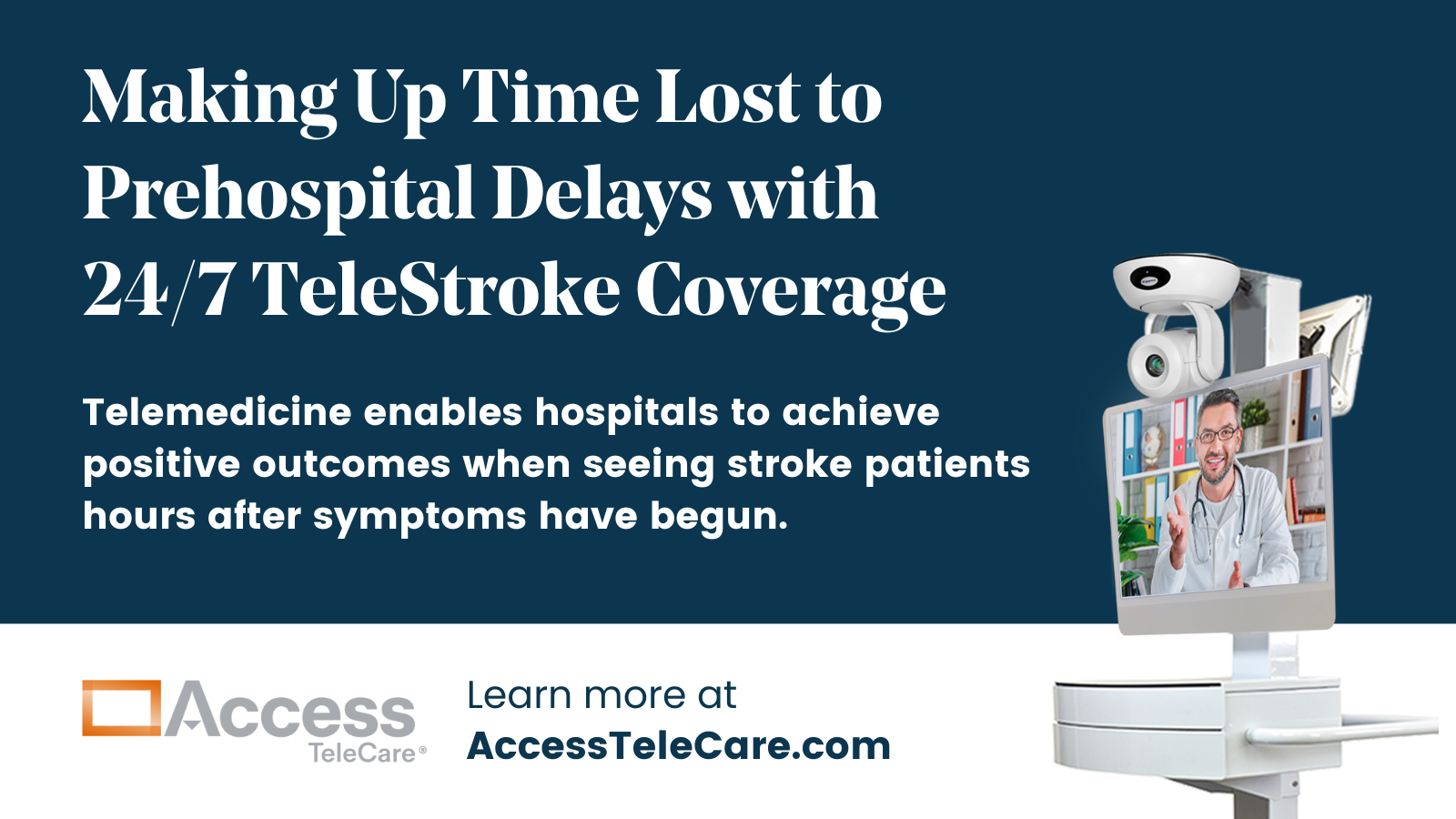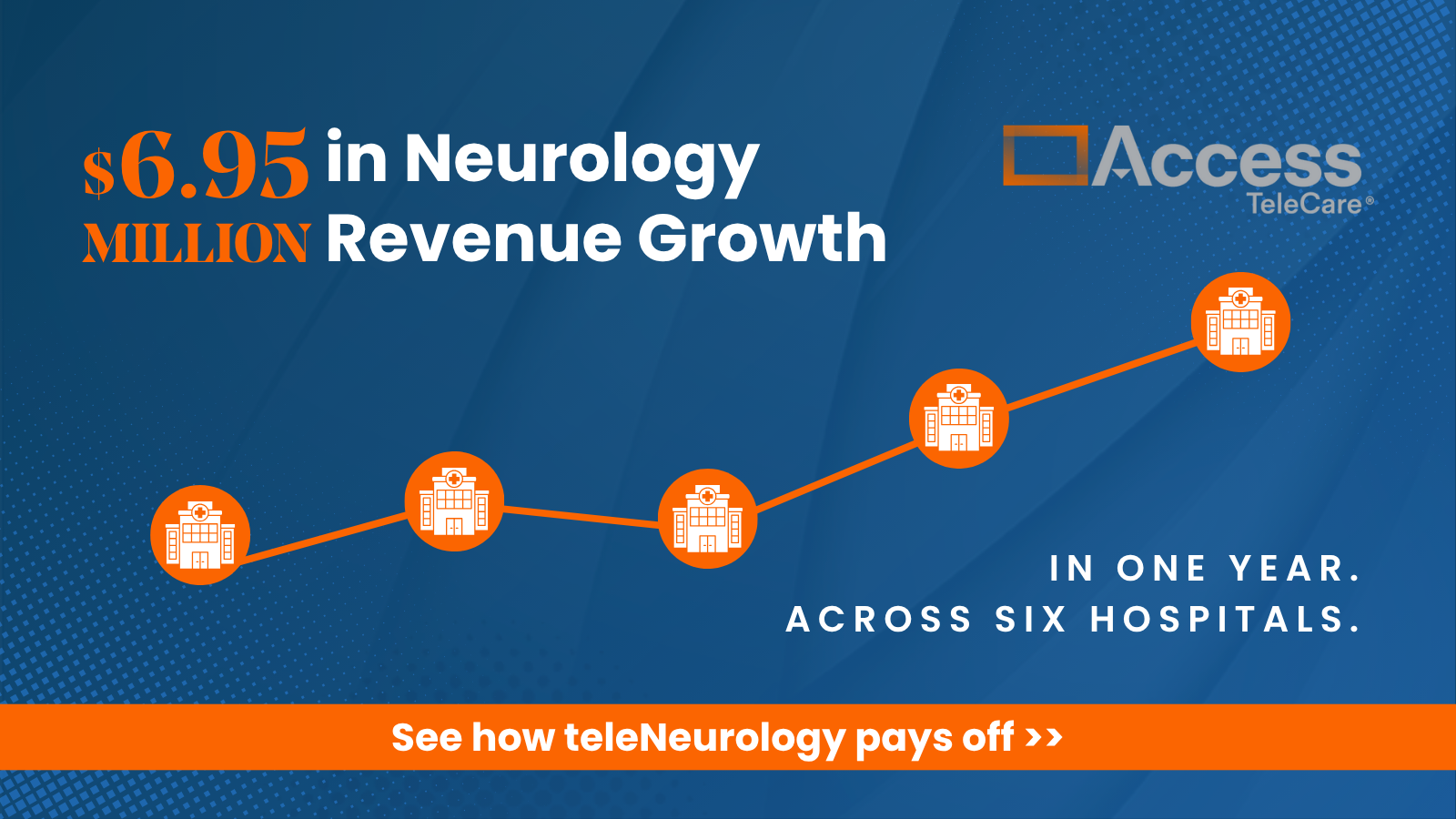The contrast in stroke coverage between rural and urban areas is only growing sharper.
In addition to facing significant challenges to accessing neurologists, a recent study published in the American Heart Association (AHA) journal Stroke revealed that stroke incidence is up to 30 percent greater in rural areas than urban areas. Specifically, the study calls out the role of evidence-based care guidelines and tech-enabled solutions to improve stroke care delivery in rural areas.
Increase Stroke Care Capacity with Telemedicine
Bridging the urban-rural stroke care gap requires sustainable solutions that enhance the delivery of timely stroke care and the capacity to care for patient populations at increased risk of stroke. Access TeleCare’s teleNeurology and teleStroke programs do just that by connecting hospitals with stroke care experts in minutes, eliminating the frustrating delays that come with waiting for an on-site neurologist to arrive or transferring a patient to a more distant facility.
“Telemedicine has firmly established itself as a central component of stroke care for rural hospitals,” said Dr. Annie Tsui, chief of neurology at Access TeleCare. “Our rural partners achieve timely and consistent stroke coverage from world-class experts—an accomplishment that would be impossible without telemedicine.”
The study highlights “modifiable gaps in the stroke process of care between rural and urban hospitals” and how quality modifications, such as AHA’s Get With the Guidelines Stroke program, can be implemented to improve access and timeliness of care. Every Access TeleCare teleStroke program applies these guidelines along with up-to-date best practices to ensure consistent quality at all levels of stroke care.
The study also highlighted the benefits of virtual care for stroke care delivery: “successful delivery of evidence-based stroke treatment in rural communities relies on innovative strategies (e.g., telehealth) to integrate existing rural hospitals into the regional and national stroke networks with policy, staffing, and financial support and to avoid unrealistic administrative burdens.”
Learn more about our teleStroke programs and explore all of our teleNeurology solutions today.
More insights from Access TeleCare’s neurology and stroke telemedicine programs
TeleStroke Brings Urban-Level Access and Capacity to Rural Hospitals Facing Greater Stroke Incidence
The contrast in stroke coverage between rural and urban [...]
Access TeleCare Leader Discusses Research on Link Between Loneliness and Stroke
Access TeleCare’s medical director of quality and practicing neurologist Elaine [...]
Making Up Time Lost to Prehospital Delays with 24/7 TeleStroke Coverage
Key Points on Overcoming Prehospital Stroke Delays with Telemedicine [...]











